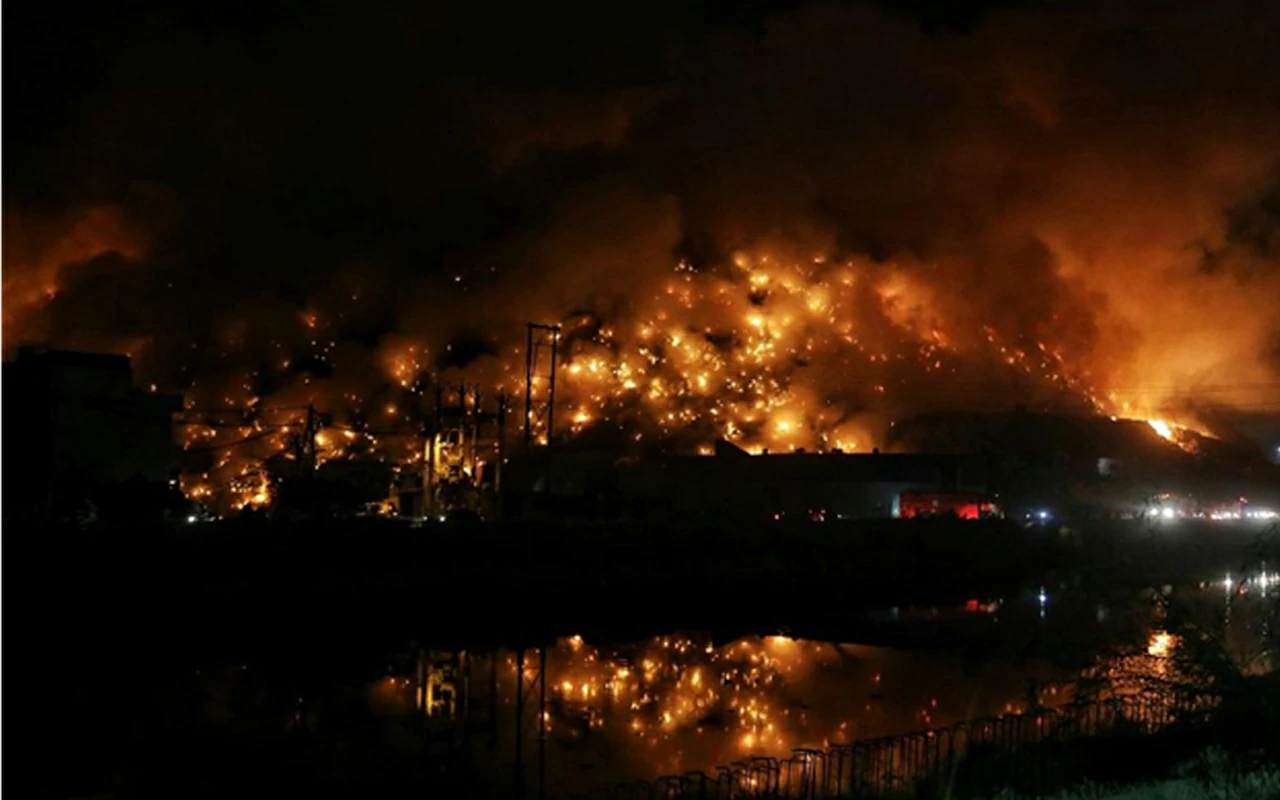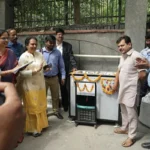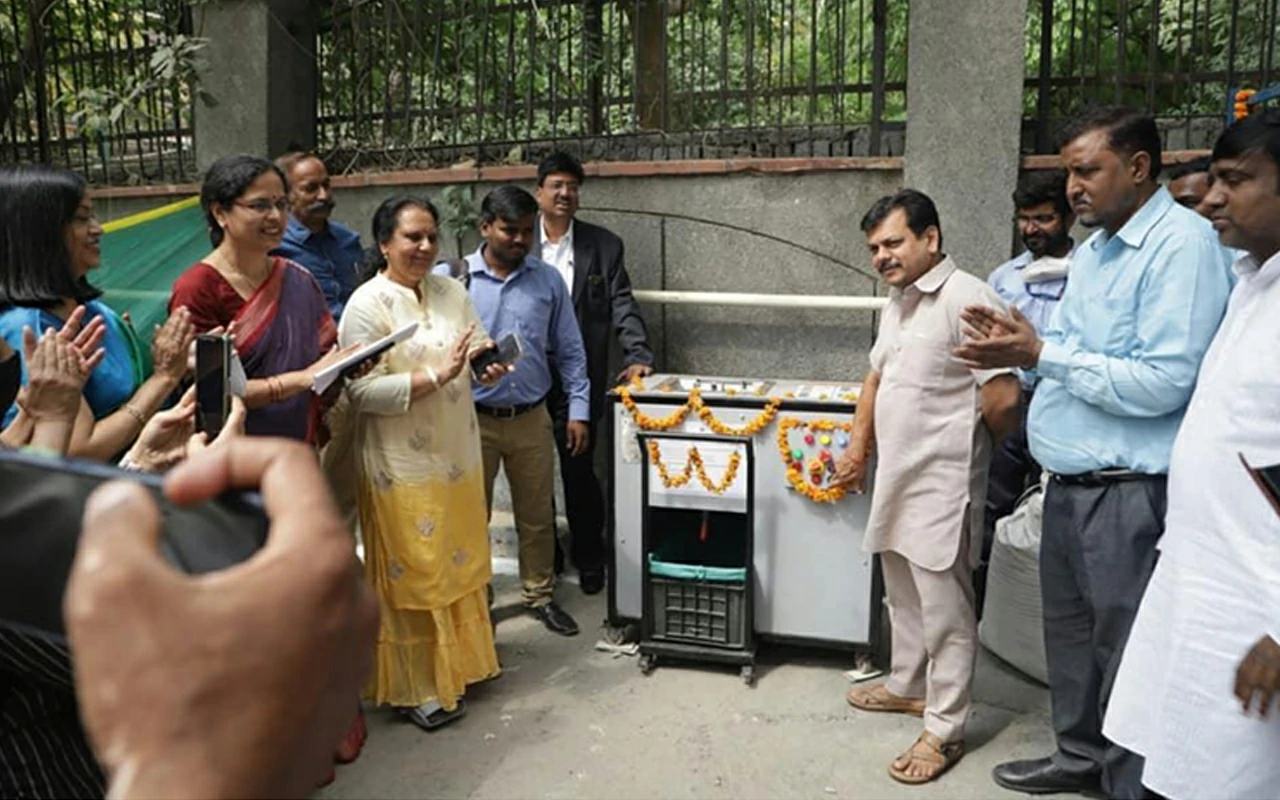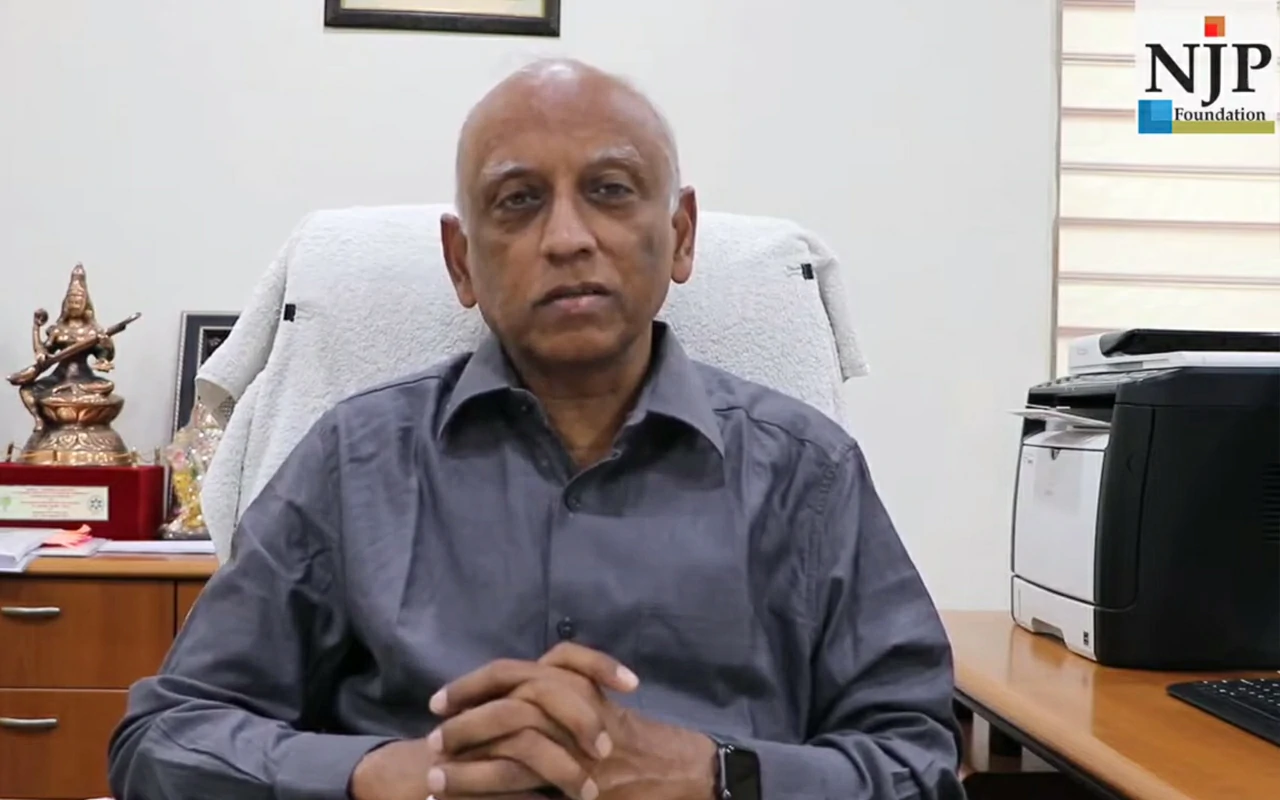Fire at Bhalswa Landfill Site (Source: DTE)
Considering the quantum of waste generated in Delhi, it is imperative to act upon the waste treatment facilities. It is of utmost importance to get a sustainable value chain (for the long term) in place.
While there has been a certain amount of effort and capital being pumped into the segregation and treatment of waste, it can be observed that there are still gaps that need to be filled. For an instance, there are vehicles for door-to-door collection of waste with separate compartments for wet and dry waste. However, these vehicles cannot be put to their optimum use till there is an effective end-use for the waste generated. Additionally, there needs to be an absolute commitment from the community’s end to segregate waste at the household level for more efficient solid waste management.
The present calendar year (2022) has seen the hottest March in the past 100 years. When methane reaches a certain concentration, it may spontaneously explode in the presence of heat, studies have shown. This is why landfill fires like this one are a common occurrence. However, methane generation can be curbed by proper segregation, and if possible, composting/treating wet waste at the source.
Three other landfills around Delhi have also caught fire in recent weeks, ABC reported. The landfill where the most recent fire ignited was planned for closure more than a decade ago, but more than 2,300 tons (2,086 metric tons) of garbage are added to the trash heap every day, according to ABC News. These overburdened landfills are a ticking time bomb.
While strict action needs to be taken against the dumping of waste at saturated landfill sites, treatment of waste at the source can go a long way in preventing these landfill fires.
– Anshul Aggarwal
Source:









